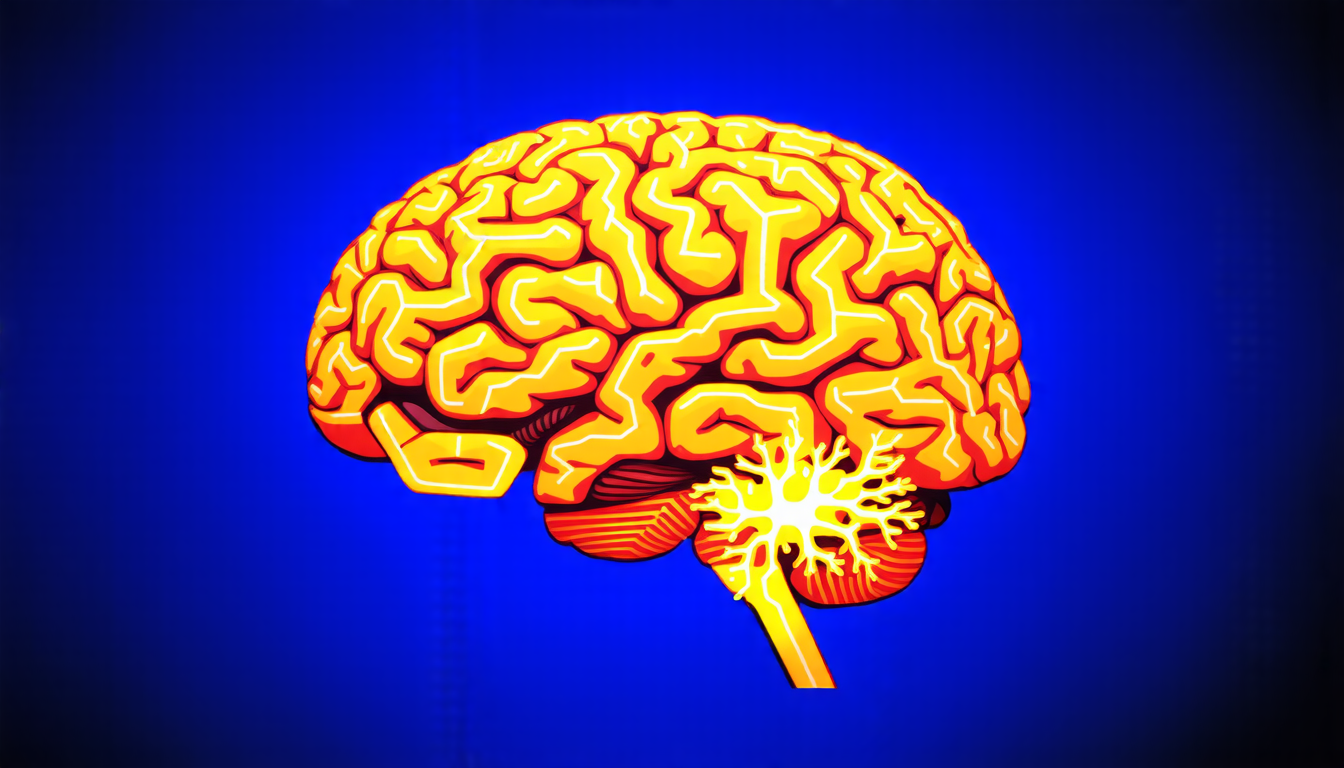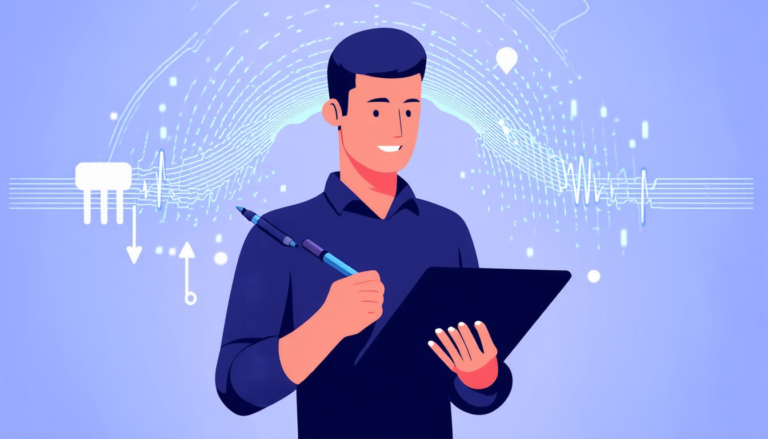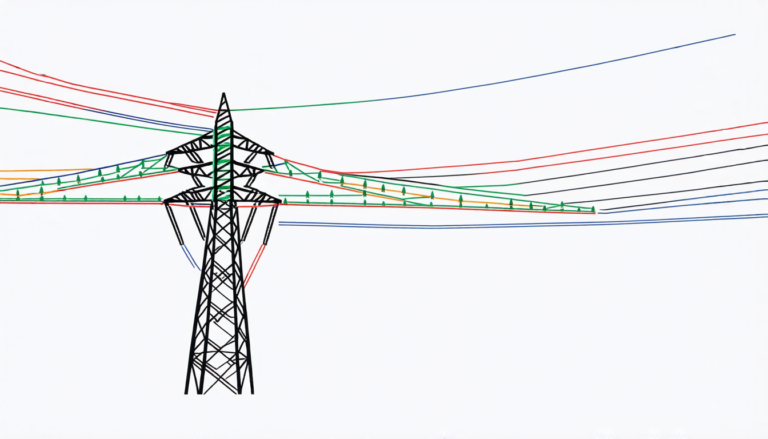Sunday 06 April 2025
Scientists have long sought to crack the code of generating realistic brain scans, a crucial step in understanding and treating neurological disorders. Now, a team of researchers has made significant progress towards achieving this goal.
The breakthrough comes in the form of a new algorithm called MorphLDM, which uses a combination of machine learning and diffusion models to generate highly detailed and anatomically accurate 3D brain scans. The technique is capable of producing images that are so realistic they can be difficult to distinguish from real scans.
MorphLDM works by first generating a template brain scan, which is then deformed to create a synthetic image that matches the characteristics of a specific individual or group. This process allows researchers to explore what might happen in the brain under different conditions, such as with a particular disease or after treatment.
The algorithm has been tested on a large dataset of real brain scans and has shown remarkable accuracy. The generated images not only look realistic but also contain subtle details that are often lost in traditional image generation methods.
One of the key advantages of MorphLDM is its ability to capture complex morphological features, such as the intricate patterns found in the brain’s cerebral cortex. This level of detail is crucial for researchers seeking to understand how different brain regions interact and how this might relate to neurological disorders.
The potential applications of MorphLDM are vast. Researchers could use it to study the progression of diseases such as Alzheimer’s or Parkinson’s, or to explore the effects of different treatments on brain structure. It could also be used to generate synthetic training data for machine learning algorithms, which would improve their ability to detect abnormalities in brain scans.
The algorithm has already been tested on a range of brain regions and has shown promising results. For example, it was able to accurately capture the differences between male and female brains, as well as the effects of aging on brain structure.
As researchers continue to refine MorphLDM, we can expect to see even more impressive results in the future. The ability to generate realistic brain scans will revolutionize our understanding of neurological disorders and open up new avenues for research and treatment.
The algorithm’s potential extends beyond neuroscience, too. It could be used to generate synthetic data for other medical imaging modalities, such as MRI or CT scans, which would greatly improve machine learning models’ ability to detect abnormalities in these images.
The team behind MorphLDM is now working on refining the algorithm and exploring its potential applications.
Cite this article: “Unveiling the Secrets of Brain Morphology: A Novel Approach to Generating Realistic 3D MRI Images”, The Science Archive, 2025.
Brain Scans, Machine Learning, Diffusion Models, Neurological Disorders, Alzheimer’S, Parkinson’S, Mri, Ct Scans, Synthetic Data, Morphldm







